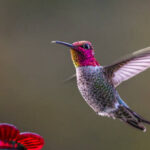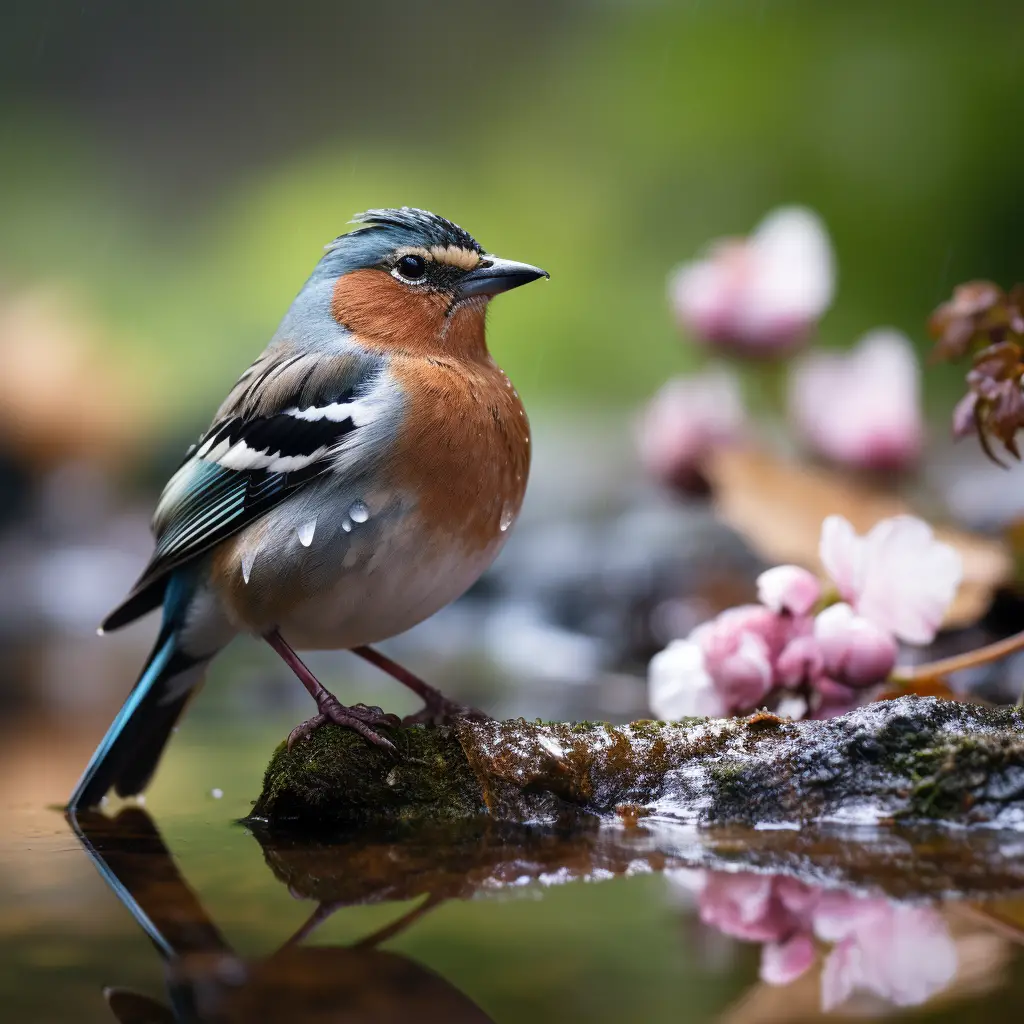
Definition of Spotted Lanternfly
The Spotted Lanternfly (Lycorma delicatula) is a type of insect that originates from Asia and was first detected in the United States in 2014. It is a highly invasive species that has the potential to cause significant harm to the environment and the economy.
Explanation of Spotted Lanternfly
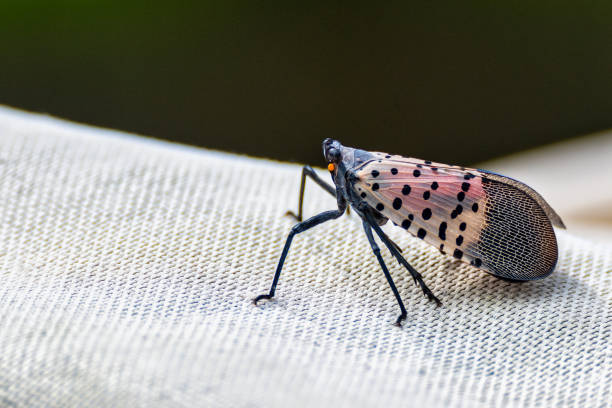
as a pest Spotted Lanternfly is considered a pest because it feeds on sap from a variety of trees, causing damage to their growth and weakening them. In addition, its excretions can lead to the growth of mold and other fungi on the trunk and leaves of the trees, which can further damage the plants.
Threats posed by Spotted Lanternfly
Damage to trees and plants Spotted Lanternflies feed on sap from a variety of trees, including grape vines, fruit trees, and hardwood trees, causing serious harm to the health and growth of the plants. Their feeding causes tree wounds and creates a sticky residue called “honeydew”, which attracts other pests and can lead to the growth of sooty mold.
Economic impact on agriculture and forest products
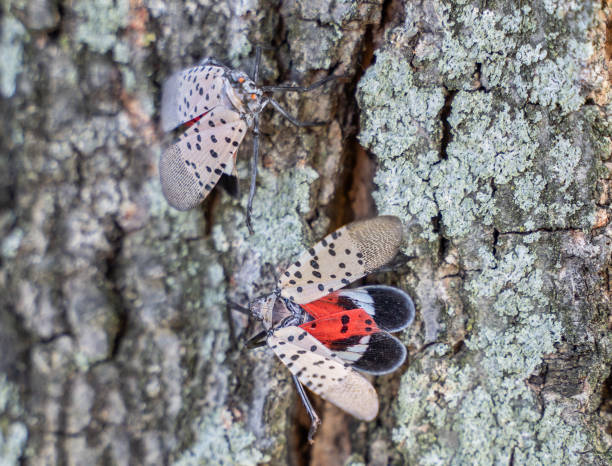
The Spotted Lanternfly is a significant threat to agriculture and the forestry industry. In Pennsylvania, the state most affected by the insect, it is estimated that the pest could cause $324 million in damage to the hardwood industry alone. In addition, the Spotted Lanternfly can reduce the quality and yield of grape vines, apples, and other fruit crops.
Spreading of diseases to plants
In addition to feeding on sap, Spotted Lanternflies can also spread diseases to plants. For example, they have been found to carry and transmit the bacteria that cause Tree of Heaven diseases, which can cause serious harm to the health of the trees.
Control measures
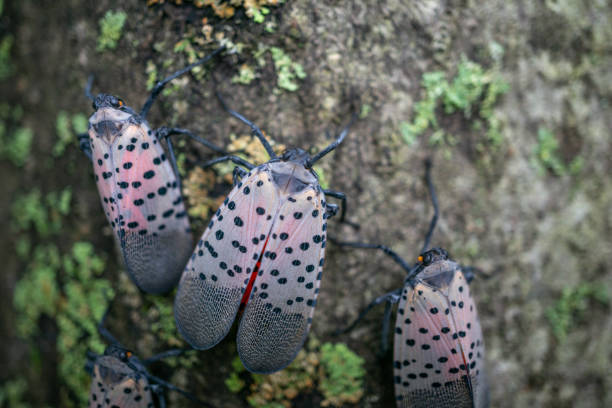
Early detection and rapid response The best way to prevent the spread of the Spotted Lanternfly is to detect it early and respond quickly. This can be done by monitoring trees and plants for signs of damage, such as wilting leaves or sticky residue. If you suspect that you have found a Spotted Lanternfly, it is important to contact your local agricultural extension office or department of agriculture.
B. Elimination of egg masses
One of the most effective ways to control the Spotted Lanternfly is to eliminate its egg masses, which are laid on flat surfaces, such as trees and rocks. The egg masses can be scraped off and destroyed, or they can be treated with a chemical insecticide.
C. Use of insecticides and sticky bands
Insecticides can be used to kill adult Spotted Lanternflies and reduce their population. Sticky bands, which are bands of sticky material placed around the trunk of trees, can also be used to trap adult Spotted Lanternflies and prevent them from spreading to new areas.
D. Containment and removal of infested trees

In areas where the Spotted Lanternfly has become established, it may be necessary to contain and remove infested trees to prevent the spread of the pest. This can be done by removing all parts of the tree, including the roots, and properly disposing of them.
Prevention and Management
Quarantine regulations To prevent the spread of the Spotted Lanternfly, many states have implemented quarantine regulations, which restrict the movement of certain materials, such as firewood and nursery stock, from infested areas to non-infested areas. It is important to follow these regulations to prevent the spread of the pest.
Awareness and education campaigns
Raising awareness and educating then public about the Spotted Lanternfly is a key component of preventing its spread. This can include distributing informational materials, hosting public meetings, and providing training sessions for professionals who work with plants and trees. By educating the public about the threats posed by the Spotted Lanternfly and the measures that can be taken to prevent its spread, individuals can take an active role in protecting their communities and the environment.
Proper disposal of yard waste
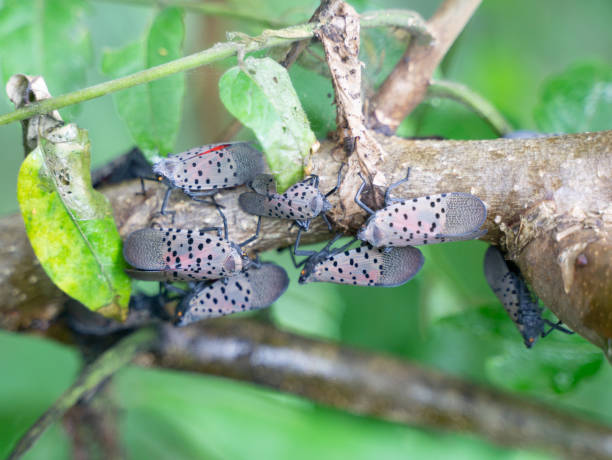
Another important step in preventing the spread of the Spotted Lanternfly is proper disposal of yard waste, such as leaves and brush. This can help to prevent the insect from laying eggs and establishing new populations in new areas. It is important to follow guidelines provided by local authorities and to avoid moving yard waste from one area to another.
Cooperation between individuals and government agencies
Finally, the control and prevention of the Spotted Lanternfly requires cooperation between individuals, communities, and government agencies. By working together, we can ensure that the measures taken to prevent its spread are effective and that the threat posed by this invasive species is minimized.
Conclusion
Recap of the impacts of the Spotted Lanternfly The Spotted Lanternfly is a highly invasive species that poses a serious threat to trees and plants, as well as to the agriculture and forestry industries. Its feeding and excretions can cause damage to trees, weaken their health, and spread diseases to other plants.
Importance of taking action to control and prevent its spread
To prevent the spread of the Spotted Lanternfly and minimize the damage it causes, it is important to take action through early detection and rapid response, elimination of egg masses, use of insecticides and sticky bands, containment and removal of infested trees, and by following quarantine regulations, raising awareness and educating the public, proper disposal of yard waste, and cooperating between individuals and government agencies.

